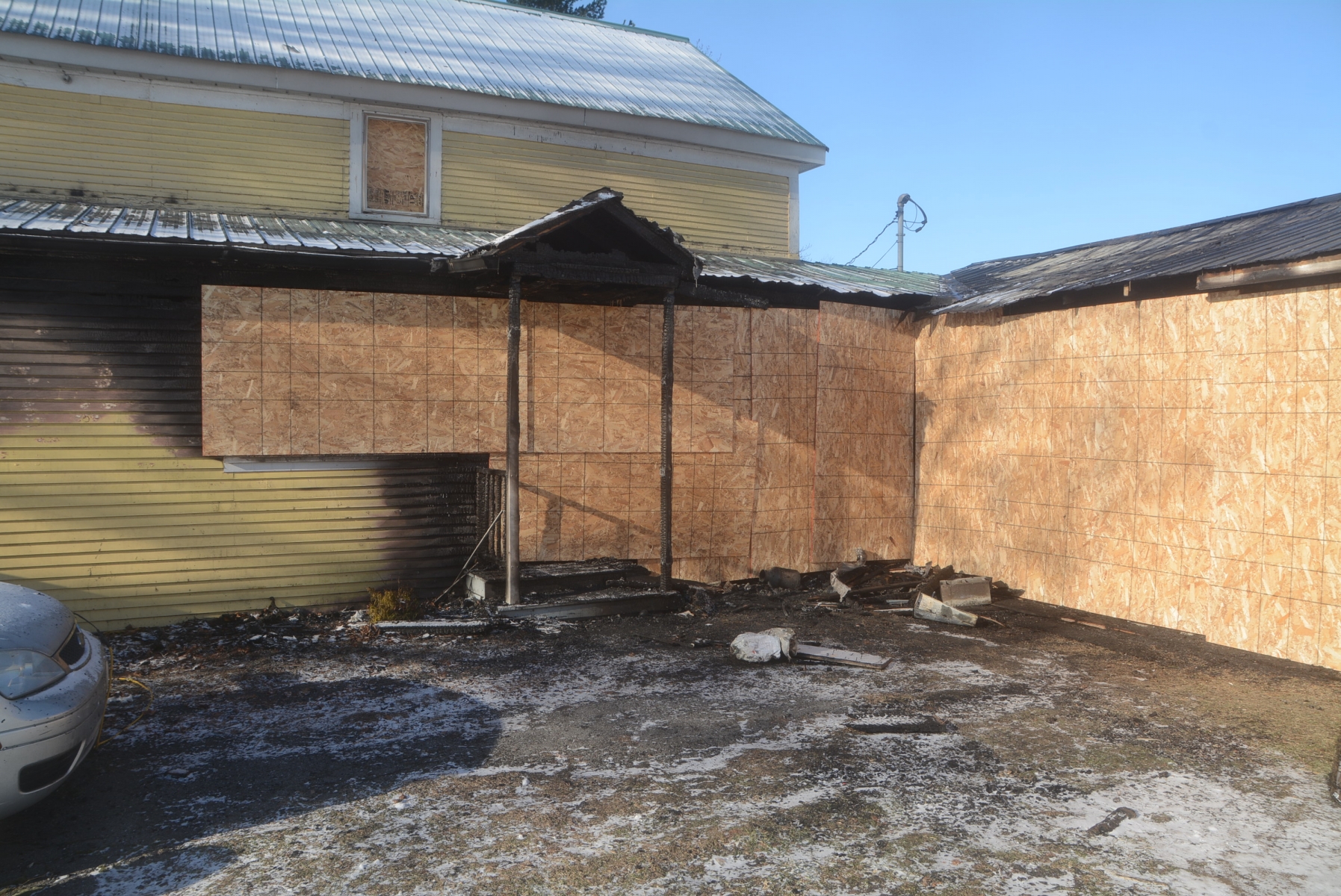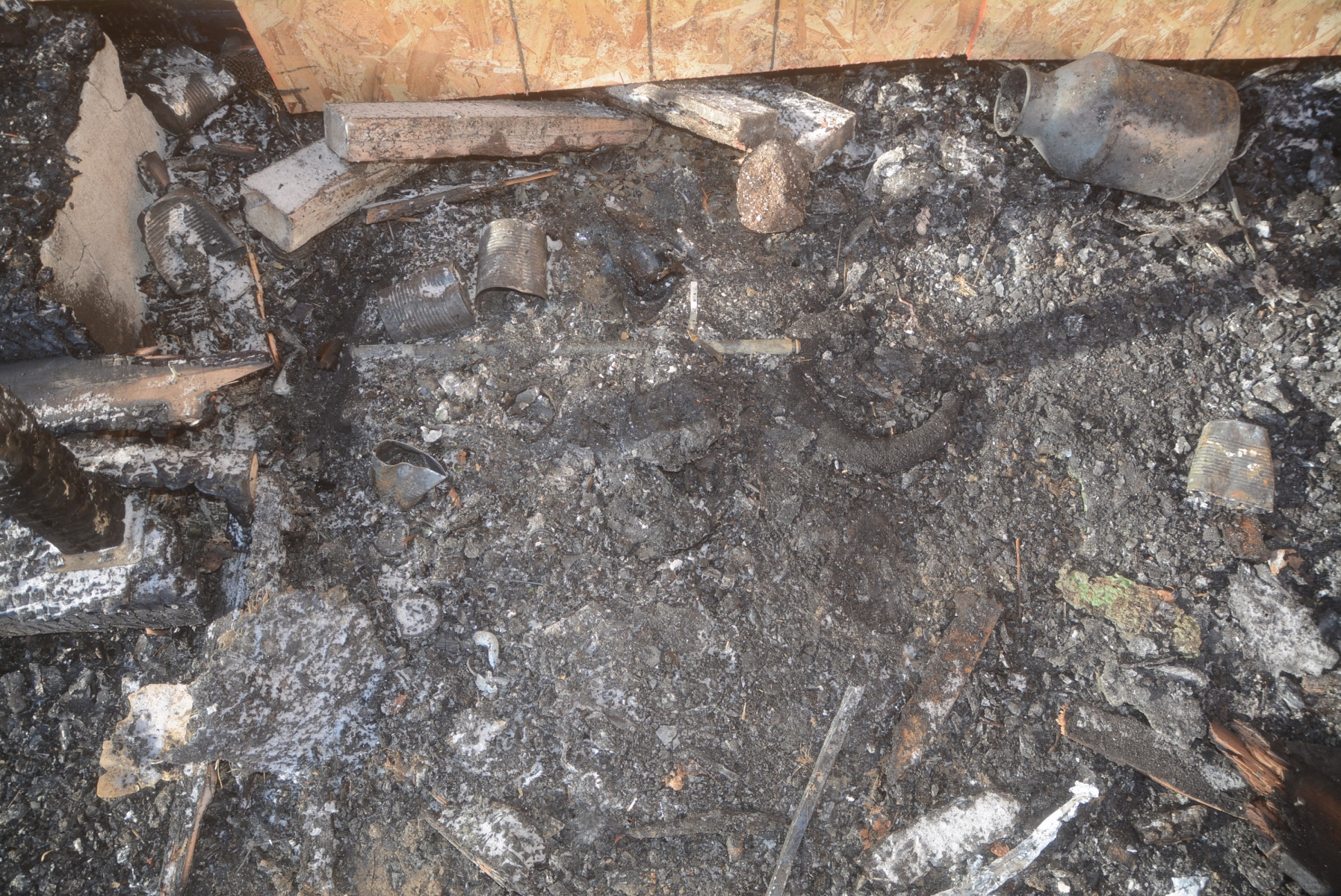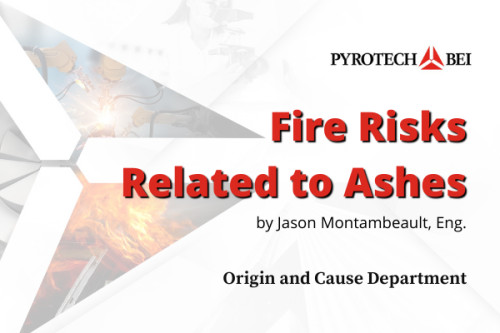LAVAL 1 800 361-0338
Lévis 1 866 835-5335
Fire Risks Related to Ashes
During the cold periods of the year, solid‑fuel heating units (fireplaces, wood stoves) are used frequently by owners and/or occupants, which generates residues such as creosote in the chimney flue and ashes in the heating unit. Depending on the frequency of use, this implies that maintenance of the chimney flue components and the removal of ashes from the hearth of a fireplace become necessary more or less regularly.
Users are often unaware of the fire risks associated with the disposal of ashes from the hearth. In fact, few people know the time to respect between the removal of hot ashes from a heating appliance and their safe disposal in an outdoor combustible bin (compost or trash can for example).


It is well documented that fires can occur up to five days after hot ashes are transferred from the fireplace to a metal container and then to a plastic bin, such as a compost bin, even if the metal container is located outside at cold temperatures. Ashes can remain hot for several days after being transferred to a metal container, especially if they are removed shortly after a fire died out. The amount of hot ashes removed from a heating unit can also influence the cooling period necessary to respect.
It should also be mentioned that even if in appearance the ashes seem cold on the periphery of the metal container (on the top or the sides), those located in the center remain hot much longer. Consequently, during the transfer of the ashes, in addition to the supply of oxygen, the configuration of the ashes is modified and the hot ones in the center can thus come into contact with the combustible materials in the tray. It is therefore not uncommon for a fire to develop in the combustible container a few hours after the ashes have been poured into it.
Recommendations for the disposal of ashes consist essentially in waiting until they have cooled in the heating unit, transferring them (and watering them) into a metal container with a tight cover (to reduce contact with oxygen), positioning the container away from a building and waiting at least seven days before transferring them into a combustible container by watering them again.
Have a good heating period and be cautious with ashes!
By Jason Montambeault, Eng. CFEI - Origin and Cause Department


